Psychology of film music: Why it works
Film music has special abilities: it evokes emotions, changes the perception of scenes, and engages the audience more deeply in the plot. But why does film music have such a powerful effect on us? The answer lies in the psychology of listening and emotional processing. In this article, we explore how film music influences our brain and what exactly makes it such a powerful tool.
Music triggers emotions
Music activates the limbic system, which is responsible for processing emotions, and thus resonates directly with our human emotions – without the “detour” via reason and language. Certain emotional archetypes such as “sadness” and “joy,” which are considered basic human emotions, also function interculturally. Slow tempos and minor keys are often perceived as melancholic or sad, while fast rhythms and major keys are associated with joy. It is important for film composers to be aware of these useful archetypes in order to work specifically with or against them and achieve desired effects. What is particularly fascinating is that music can activate emotions even without words or lyrics. However, speech, words, or onomatopoeic vocalizations in an imaginary language often intensify the emotional effect.
Example
The opening scene of the film “Up” (Michael Giacchino) uses music to convey big themes like love, loss and hope without words.

Expectation and surprise
Our brains react strongly to musical patterns and deviations. Good film music uses these mechanisms to deliberately create tension and surprise – two important elements inherent in every good story and that can be psychologically enhanced through music. Leitmotifs and dissonances are important compositional tools. Recurring leitmotifs and themes create expectations. Dissonances, fallacies, or mediant turns disrupt these expectations and create surprise or even discomfort.
Example
The score for “The Village” (James Newton Howard) contrasts two elements: While the leitmotif in the solo violin creates familiarity and recognition, dissonant orchestral sounds create an underlying sense of danger and isolation. This combination heightens the film’s tension and keeps the audience on the edge of their seats.

Synchronized with visual stimuli
Whether it’s action or emotion, synchronization with visual stimuli is essential. When music and images are perfectly synchronized, it enhances the emotional impact of special film moments. The combination of sound and image activates multiple senses simultaneously, thereby increasing the intensity. Fast rhythms and powerful musical dynamics emphasize the movement in action sequences. Slow, quiet sounds focus attention during intimate moments in the plot.
Example
A far too rarely mentioned prime example is the score for “The Bourne Identity” (John Powell). Here, driving rhythms in the action scenes meet emotional, minimalist soundscapes in intimate moments. Powell’s music always remains in sync with the visual stimuli, reinforcing the realistic, raw aesthetic of the film without intruding on its role.
Music and memory
Music is closely linked to memory. Music triggers memories and, through these, emotions. Recurring themes or familiar melodies help filmmakers to anchor characters, places, or events even more firmly in the audience’s memory. The classic is, of course, John Williams’ “Imperial March” from Star Wars, which is inextricably linked to Darth Vader. Just a few notes are enough and the association is immediately there. These principles, which are particularly effective in advertising and propaganda, should be used sparingly in filmic storytelling and film music to avoid becoming too trite and blatant. But the principles of effectiveness should always be considered and used where appropriate.
Example
In the score for “Once Upon a Time in America” (Ennio Morricone), the melancholic main theme connects the film’s various time periods and simultaneously reflects the main character’s nostalgic longing. The music not only underscores the love story but also reinforces the sense of loss and transience. Here, the music serves as an emotional compass, drawing viewers into the world of memories and making them unforgettable.
Universal and cultural codes
Music uses universal and culturally specific codes to communicate emotions and meanings. For example, a universal, widely understood code for danger is fast, restless rhythms. Traditional instruments and styles, on the other hand, convey regional or historical contexts as cultural codes. They help establish locations (“Middle East”) and/or eras (“Middle Ages”).
Example
The unusual use of works by Handel, Schubert, Mozart, and other composers in “Barry Lyndon” demonstrates a typical approach by director Stanley Kubrick. The use of absolute music establishes the temporal location in the 18th century. At the same time, it also serves to underscore the elegance of the locations and the contrast between social classes. Handel’s Sarabande is used repeatedly to create a somber and melancholic mood, transforming it into a kind of film score through this leitmotif.

Tension and release
Film music can control the emotional experience by alternating between tension and relaxation. This dynamic keeps the audience engaged, whether it’s threatening music used to announce and build tension (“The Monster”) or epic music used to establish positive anticipation (“The Heroes”).
Example
Ominous synth drones and slow arcs of tension musically capture the “Upside Down” in the series “Stranger Things” (Kyle Dixon, Michael Stein), Softer themes, also realized with synthesizers, underscore the nostalgic and emotional moments.
Summary
Film music is effective because it both directly appeals to emotions and triggers cognitive processing in the brain. It uses diverse psychological mechanisms and universal patterns, as well as cultural codes, to touch the audience and deepen the film’s narrative. This combination of appealing to emotions and reason makes well-used film music an indispensable component of film art.
- Music triggers emotions
- Expectation and surprise
- Synchronous with visual stimuli
- Music and memory
- Universal and cultural codes
- Tension and release
Kontakt
JP Composers
Julian Pešek (Einzeluntermehmer)
Südstraße 45
04178 Leipzig
Telefon: +49 171 9101572
Mail: julian@jp-composers.com
